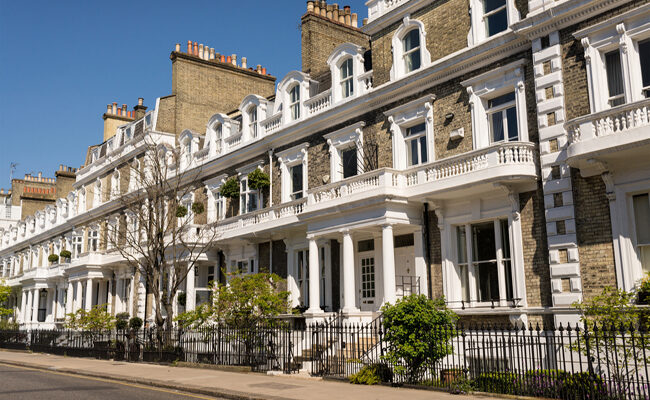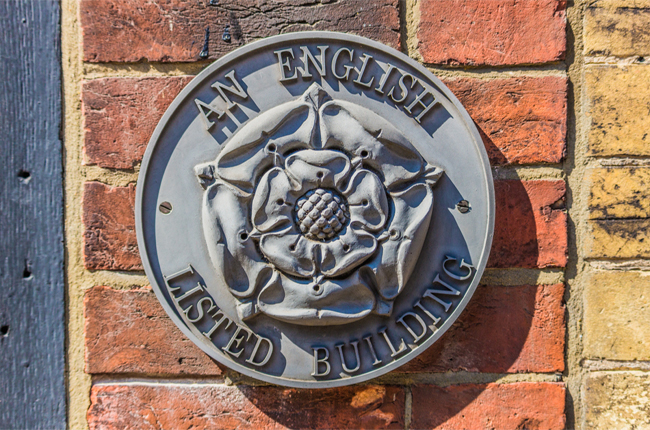
When you buy a house, it’s likely there will be some changes you need to make. It might be because the way it is decorated when you move in isn’t quite to your taste, or because you’re keen to put your own stamp on it. Whatever the reason, you’ll probably find yourself getting stuck into some DIY soon after you move house.
For most properties, this shouldn’t be a problem, but for others it might be more of a problem. Generally speaking, you shouldn’t make alterations to a brand new house until it’s a year old to allow it to settle, but in the case of period properties – those built before WW1 – you might not be able to make extreme changes ever.
Listed and Graded Properties
A listed house refers to a property that is considered to be of significant historic or architectural importance. This significance means there are additional laws and protections in place, restricting what can happen to the property.
When a property is listed, it is graded into either Grade I, Grade II* or Grade II. The majority of listed buildings are Grade II which means they are of special national interest. Grade II* refers to buildings that are of particular special interest – more so than Grade II – and Grade I refers to buildings of exceptional national interest.
Grade I buildings are few and far between, with examples being things like Buckingham Palace, St Paul’s Cathedral,Royal Albert Dock Liverpool, and Blackpool Tower. Odds are, if you’re moving into a listed building, it’ll be Grade II listed.

Exterior Appearance
Whilst listed buildings have an additional layer of protection on them, it is possible to renovate them and make changes, so long as you apply for the relevant permissions. If you want to make changes to the exterior of the house, you need to apply for planning permission.
As a good rule of thumb, if anything might change the look of the house or impact the national interest, it probably won’t be allowed to go ahead. That doesn’t mean you can’t make changes like swapping out windows from single glazed to double or triple glazed, but you may be asked to work with what you have, to directly replicate the original windows, or to use materials that were originally used.
Interior Layout
Many people wrongly assume that a property listing refers only to the external side of a building, but this isn’t the case. The interior is also protected, so this means you may be restricted in terms of altering certain fixtures, fittings and the layout. You can update things like the kitchen and bathroom to reflect modern times and needs, but double check if any of the existing items such as the sink or taps are protected in the listing.
A lot of older properties feature basements or cellars, and it’s not uncommon for people to want to transform them into secondary rooms like a games room or a bedroom. The problem is, a lot of listed properties suffer from damp. Damp proofing listed buildings is possible, but you will need to seek out the help of a professional who is familiar with modernizing old properties without potentially affecting the look of the house.
Essential Maintenance
Whilst there are restrictions on altering listed properties, it’s expected that maintenance will be required. Things like the roof and doors will need to be maintained, but you may still need to get Listed Building Consent in order to make changes.
Summary
In short, never make changes without asking for permission first, not even adding a coat of paint!
Leave a Reply